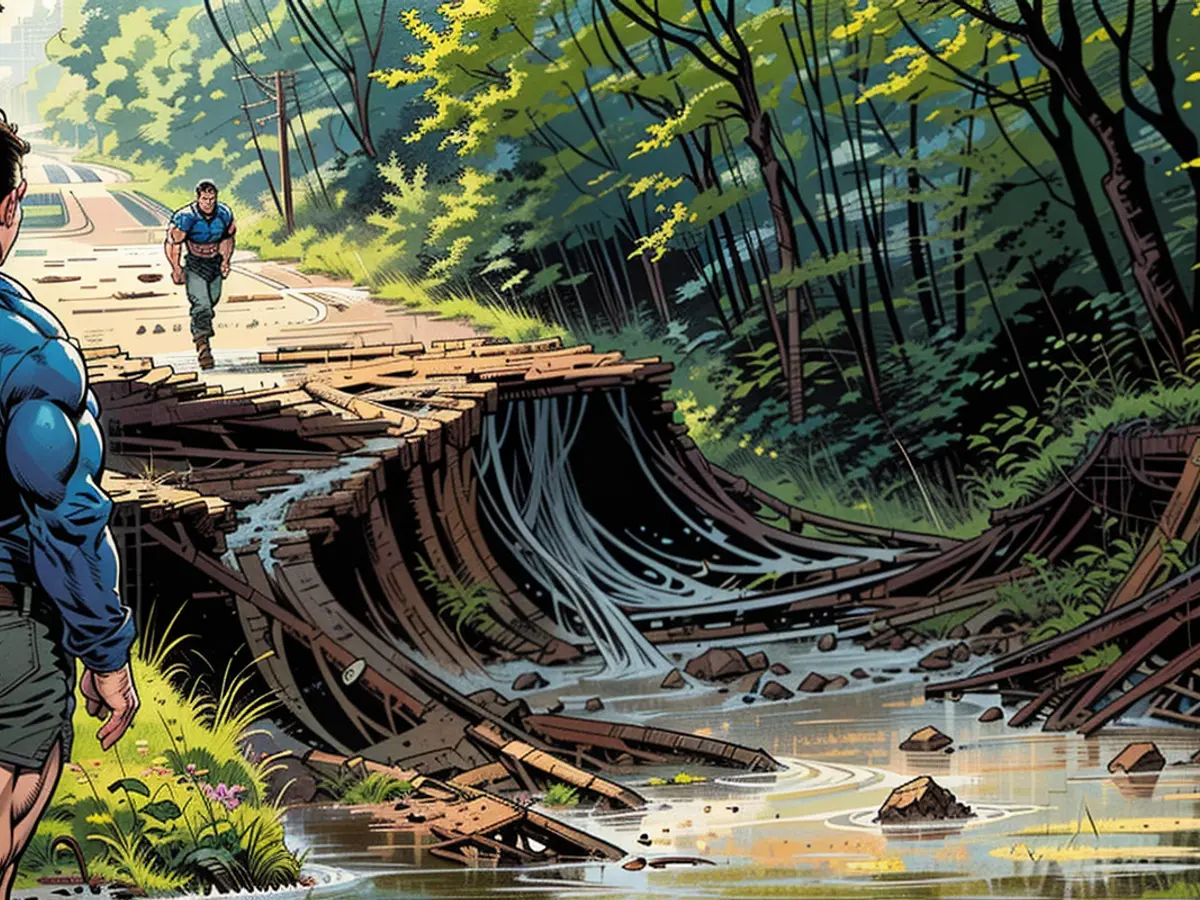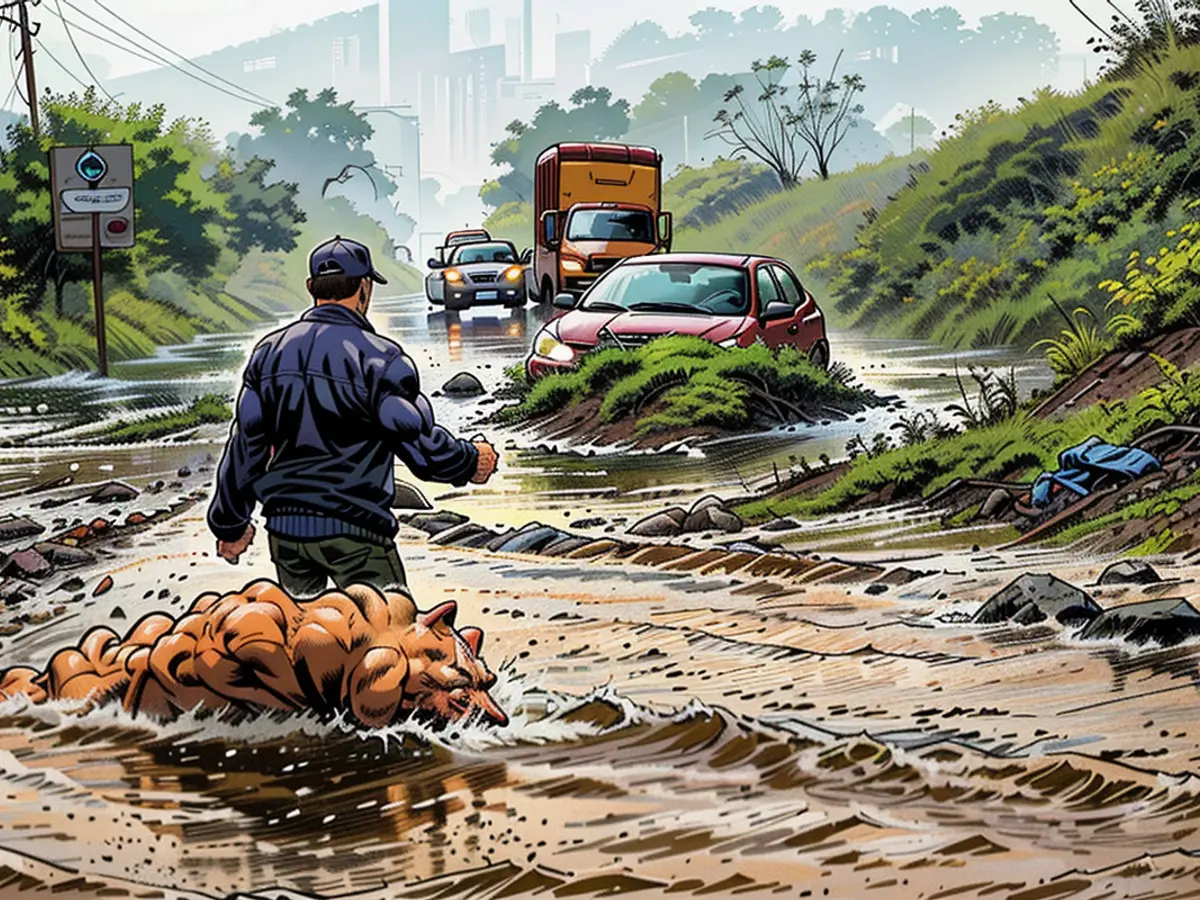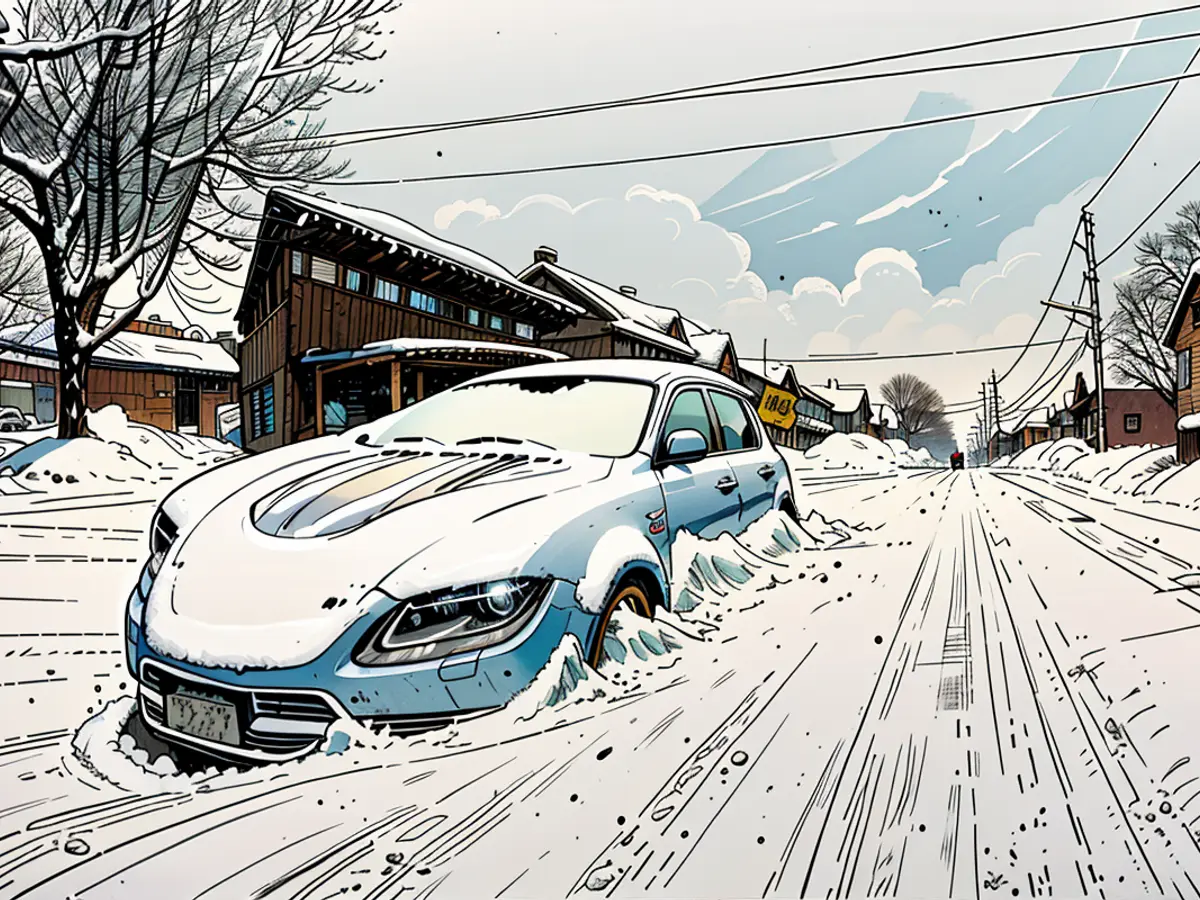‘Catastrophic flooding’ forces water rescues in Vermont after 1-in-1,000-year rainfall event
Ten swift-water rescue teams completed about two dozen rescues in Caledonia and Essex counties, some of the hardest-hit areas, where flash flood emergencies warning of “catastrophic flooding” were issued and the storm unleashed inches of rainfall in just a few hours.
Nearly 7 inches of rain fell in St. Johnsbury, Vermont, in just 6 hours, an amount considered a 1-in-1,000 year event – one so extreme, it usually only happens once every thousand years in normal conditions. More than 8 inches have fallen so far there in what is one of the highest calendar day totals in state history, the National Weather Service in Vermont said.
Extreme rainfall is becoming more common as fossil fuel pollutionpushes temperatures higher and bolsters the atmosphere’s ability to store more water vapor.Scientists are very confident that climate change is increasing rainfall rates – how hard the rain is falling – and the amount of rain a storm can produce.
Rescue teams remain in the area Tuesday to respond to potential additional calls for help throughout the day with more rainfall possible this afternoon into the evening, according to Vermont Emergency Management.
Floodwaters have washed out roads and several state road closures are in effect.
A team was heading out to survey the damage, which included “quite a bit” of structural and road damage, National Weather Service meteorologist Seth Kutikoff told the Associated Press.
“We do know, unfortunately, some of these same areas were hit three weeks ago with some serious flash flooding, as well,” he said. “The integrity of some structures were already weakened.”

In Lyndonville, a town about 40 miles (64 kilometers) north of Montpelier, the state capital, Deryck Colburn said he woke up to a neighbor pounding on his door. They live along a brook.
“I went down the road to her house, and there was no road. There was just a river,” he said.
Colburn said he heard the same surge of rushing water he’d heard in flooding earlier in July, along with the unnerving sound of tumbling boulders carried by the water.
The nearby Passumpsic River rose 13 feet in four hours as floodwater surged into it.
This is the third devastating flood event to hit Vermont in just over a year.
More than 100 people were rescued and at least one person died in early July after the remnants of Hurricane Beryl doused the state.
Northeast Vermont and other portions of the state are also still recovering from more extensive flooding just over a year ago. Last year’s flooding caused numerous road and bridge washouts, land and mudslides resulting in significant property damage and loss.
The Associated Press and CNN’s Robert Shackelford, Amy Simonson and Lauren Rapp contributed to this report.
The National Weather Service in Vermont mentioned that over 8 inches of rain have fallen in St. Johnsbury, which is one of the highest calendar day totals in state history due to extreme rainfall. (containing 'weather')
Extreme rainfall is becoming more common as fossil fuel pollution pushes temperatures higher and bolsters the atmosphere’s ability to store more water vapor. (containing 'weather')








